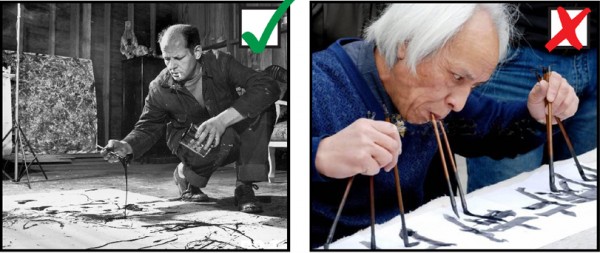Colin Guillemet
Sunday, 7 November 2010
” …
– Colin, a Moebius strip is to do with surfaces and edges and therefore only applies to planes, you can not do that to a doughnut since it is a three-dimensional object already existing in volume.
-Duh.”
Work from his oeuvre.
“In Colin Guillemet’s Around the world (2009), a globe is plugged into the wall. There’s nothing unusual, really, except that between this mini earth and the socket, various plug adapters are stuck together in an ungainly tube of electrical complexity. The planet is desperately reliant on these little prostheses to function; they are the only remedy for our inability – and probably unwillingness – to standardise something as crucial as power supply. For the Paris-born, Zurich-based artist, Around the world is ‘a statement piece’, a visual one-liner poking fun at international technologies’ shortcomings, or, if you are versed in 19th century fiction, the hassle awaiting a modern-day Phileas Fogg. ‘I’m interested in the fact that everything is referential’, says Guillemet. ‘The way one looks at art always depends on one’s reference.’ And it is these references that he sets out to undermine: those shared by millions, and those shared only by a few (usually in the art world).” – Catalogue Contemporary Art Magazine.
“In the Dos and Don’ts series (2003-ongoing), Guillemet juxtaposes pairs of images vaguely linked by formal affinities, and displays them as ‘safety’ cards throughout the gallery space. Each picture is associated with a sign; one bears a green tick, the other, a red cross. Do: the fingers of God and Adam in Michelangelo’s Sistine Chapel; Don’t: the hard-clasped hands of performing professional ice-skaters. Do: a concentrating Jackson Pollock pouring paint on a canvas; Don’t: a calligrapher painting with three brushes in each hand and two in his mouth. Looking at these is always a bit uneasy. While you confusedly understand why such-and-such an image was ‘approved’ or ‘rejected’, you also uncover your own deeply engrained preconceptions: the genius male artist, the kitsch of certain practices, etc. Guillemet asks you to empathise with his thinking process and then leaves you enmeshed in your own prejudices.” – via Catalogue Contemporary Art Magazine.



